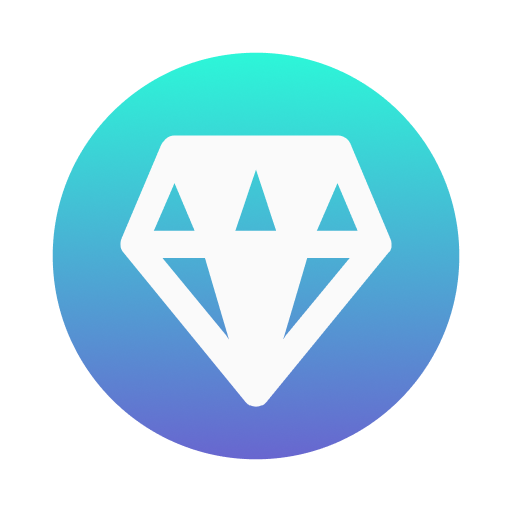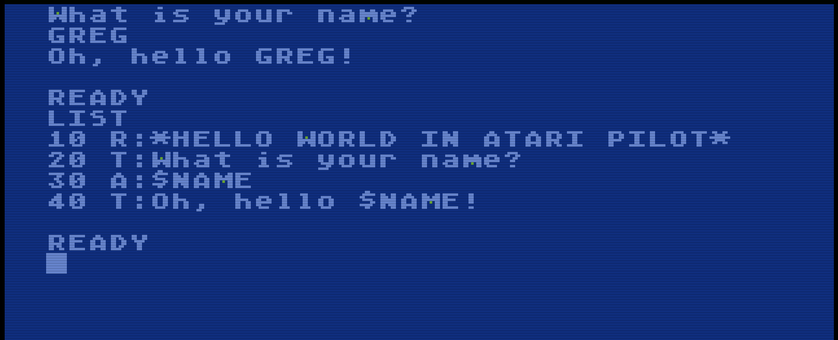Two quick tidbits on this glorious Sunday:
Reminder: $89 Lifetime Subscriptions
Lifetime Subscriptions to The Lunduke Journal are currently discounted to $89. For life. Which is… insane. That’s less than 1/3rd of the regular price.
Monthly and Yearly subscriptions are 50% off. Which is also pretty darned snazzy.
Submit Questions for Lunduke’s Nerdy Q&A!
On Tuesday I will be recording a long-overdue episode of “Lunduke’s Nerdy Q&A”.
Got questions you’d like asked in the show? No guarantees, but I’ll get to as many as I can!
Retro computing. Current computer news. Ridiculous hypotheticals. Any question is fair game... just make sure it’s good and nerdy.
To make it simple for me, there are two ways you can submit questions for this week’s Q&A:
Add a comment to this thread on Forum.Lunduke.com.
Reply to this thread over on X.
Ok. I lied. There are three ways. You can also reply to this post, right here, on Locals.
Note: Only Lunduke Journal subscribers can access to Forum.Lunduke.com. All of the details on how to gain access are on the Lunduke Journal Subscriber Perks page.
-Lunduke



















